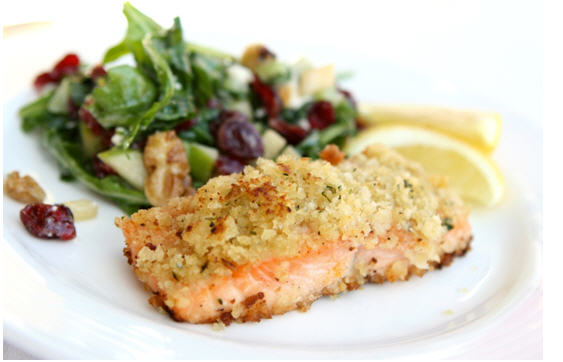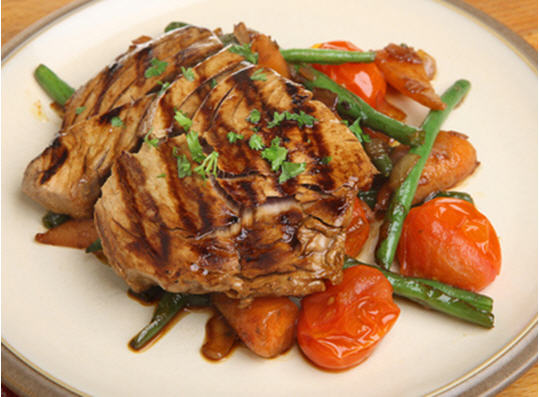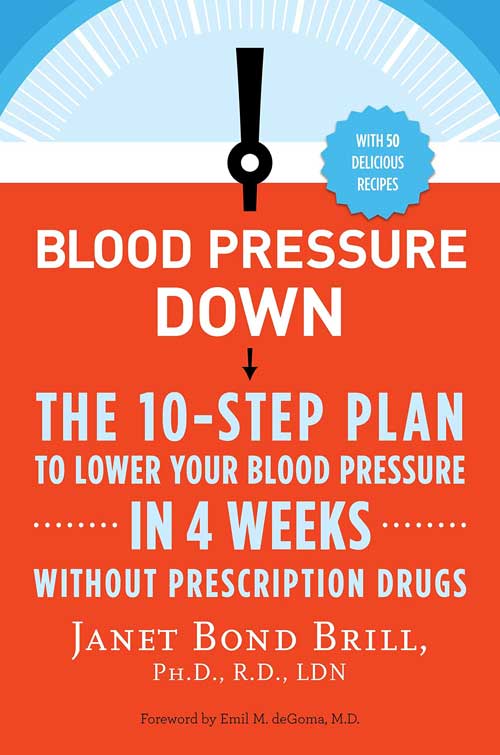By

Q: Do physical activities like snowshoeing or cross-country skiing in very cold temperatures have any negative effect on my body?
A: I love your question, because even though I live in a tropical climate, I have to say that snowshoeing is probably my favorite aerobic exercise! I try to travel to the high country once a year to get my fix of cold weather exercise. Strap on a pair of comfy snowshoe boots (or even a good-quality leather boot and warm, insulating socks that will work just as well), attach them to your snowshoes, throw on a few layers of clothes, gloves and a hat, and you’re off.
To me, nothing compares to hiking along snowy paths, and all the while—as your heart is pumping—taking in the magnificence of the majestic snowcapped mountains and basking in the quiet solitude of the snowy forest. As far as I’m concerned, it simply doesn’t get better than that for exercise for both the mind and the body.
Exercising in very cold temperatures is a safe and really fun way to stay physically fit, as long as you be sure to take some precautions:
Check with your doctor first before beginning any exercise program.
Layer up for cold weather and make sure to cover those extremities (head and hands). Wearing a “neck gator” to cover your nose and mouth can be tremendously helpful in frigid conditions.
Drink, drink, and drink before, during and after your workout; even if you don’t feel thirsty, you need to drink to stay hydrated.
Bring a snack because you really work up an appetite exercising in the great outdoors!
Make sure someone knows of your whereabouts before you embark on your outing—either the ranger who sold you the day pass or a friend or family member. I suggest carrying a cell phone for use as an emergency contact (although reception in the backcountry can be iffy).
To improve safety (prevent hypothermia and frostbite) and comfort, I suggest that you go to the American College of Sports Medicine website and review their recommendations for how to exercise safely in cold weather.











